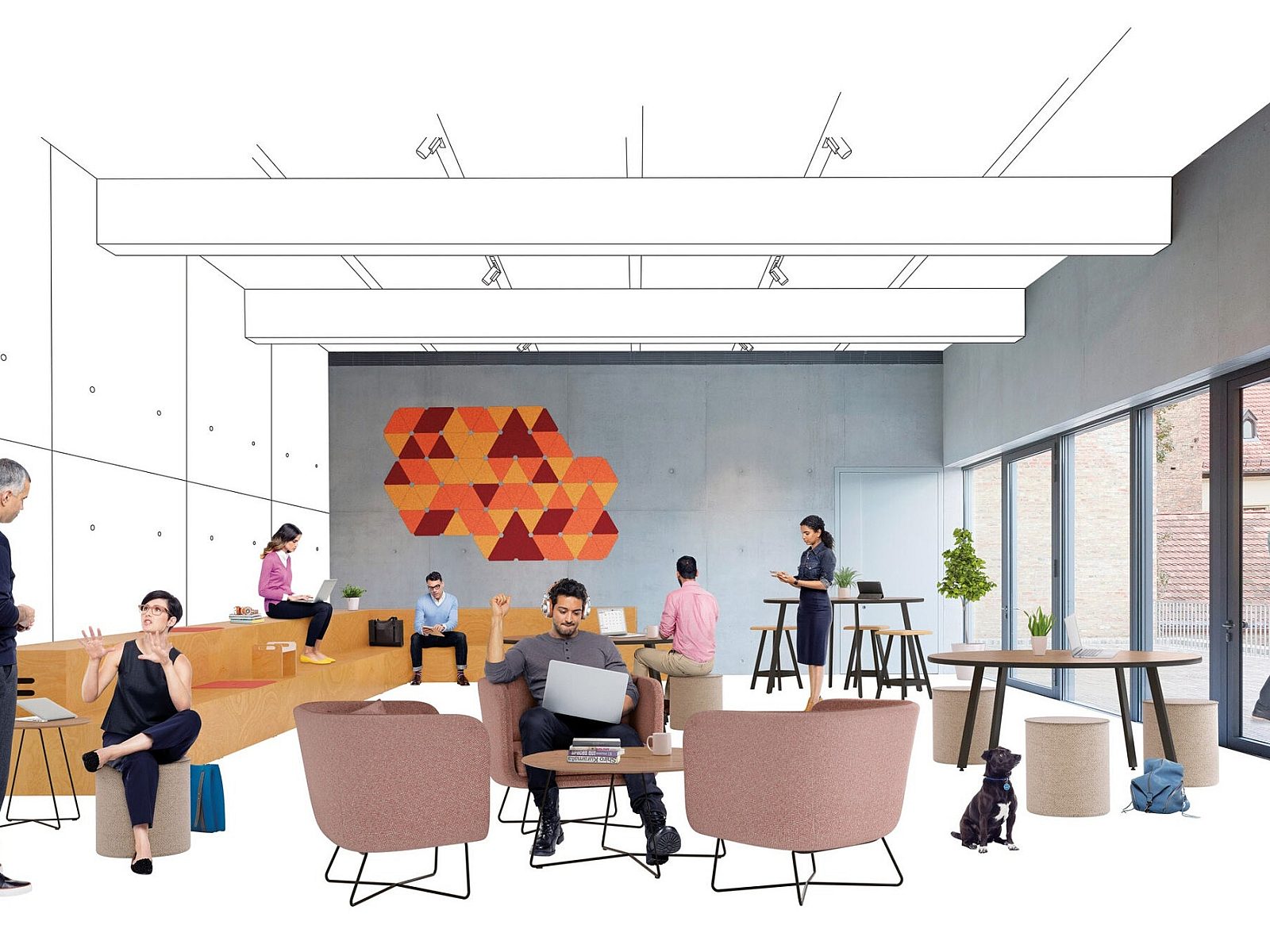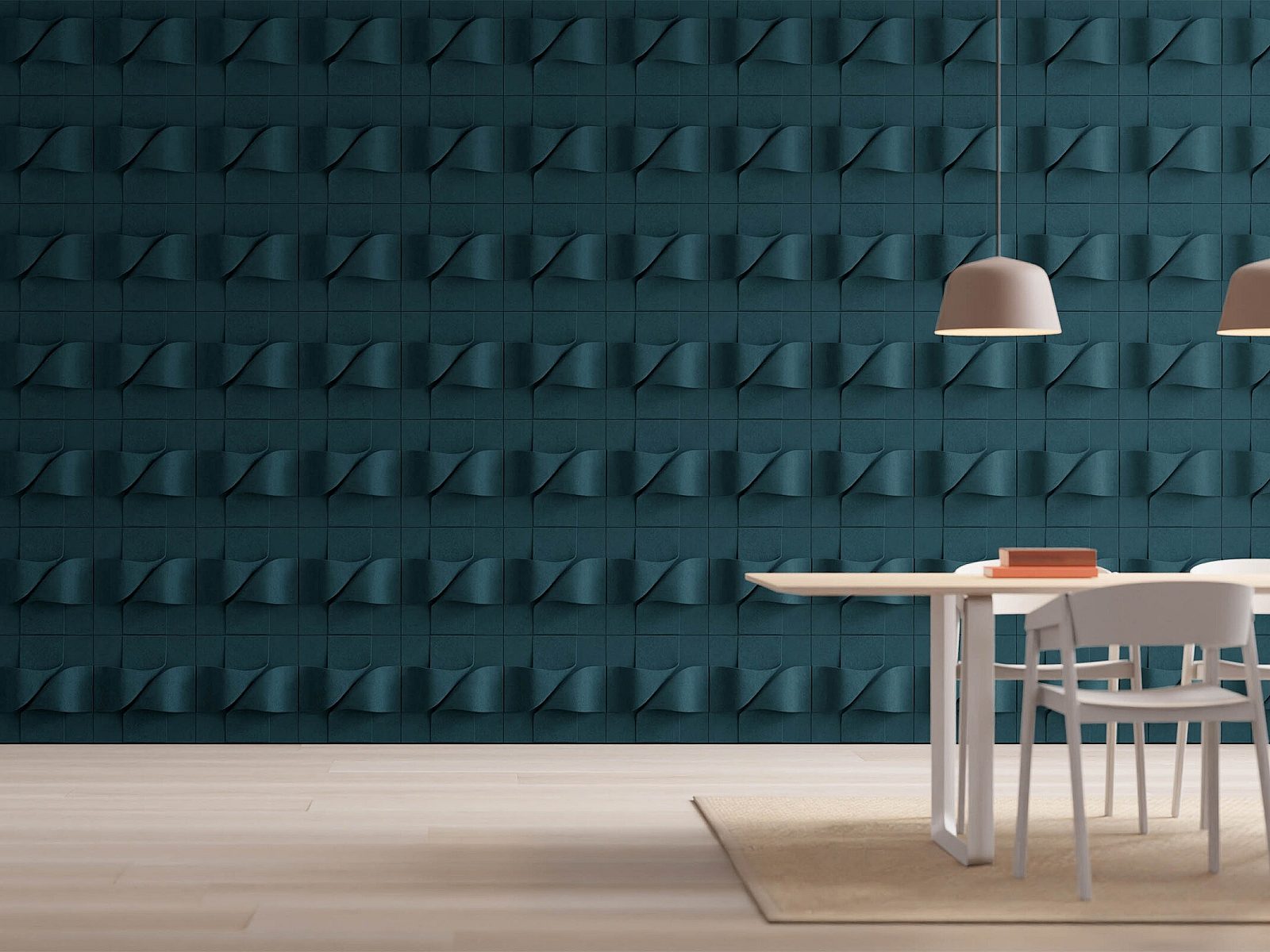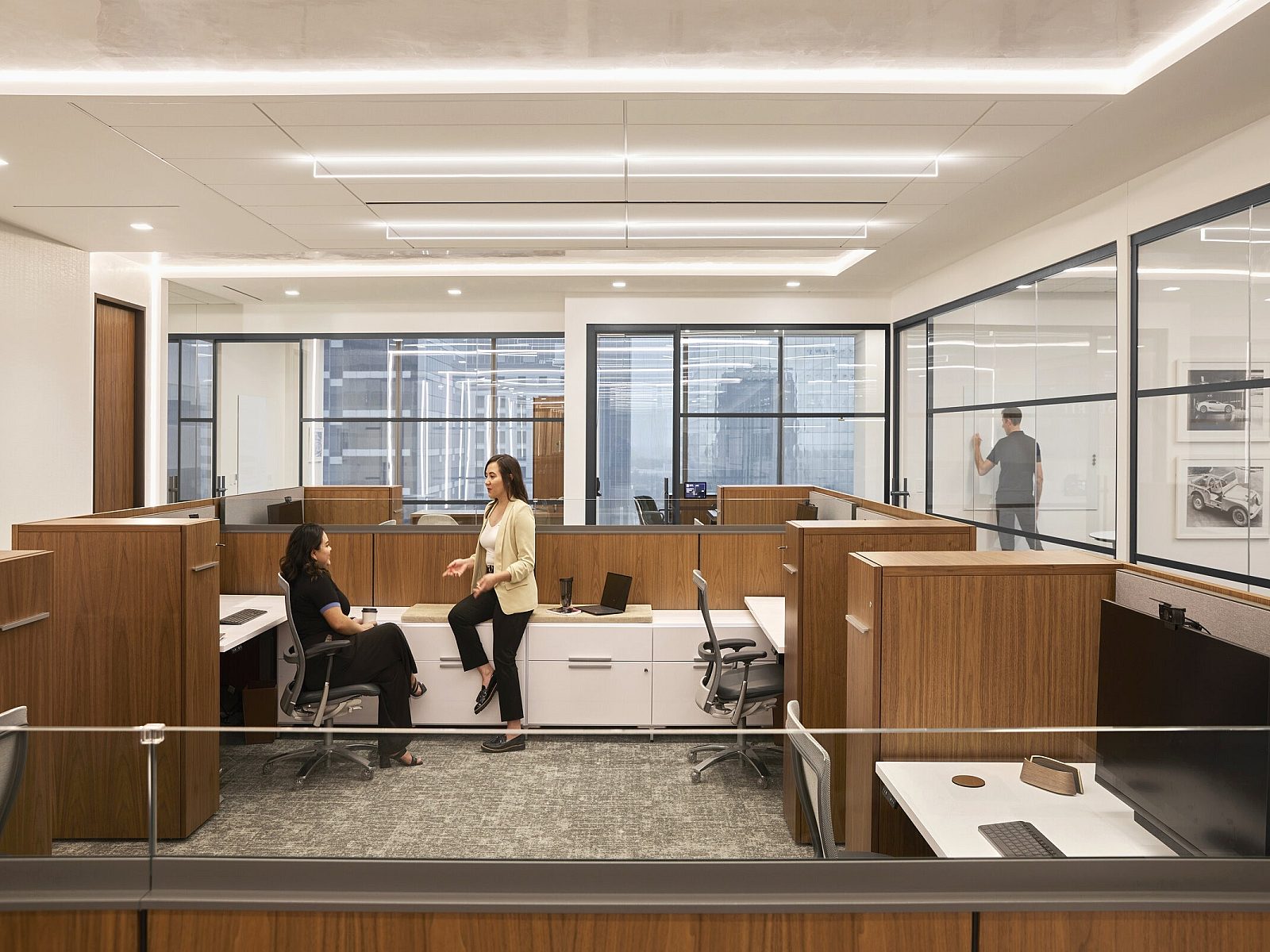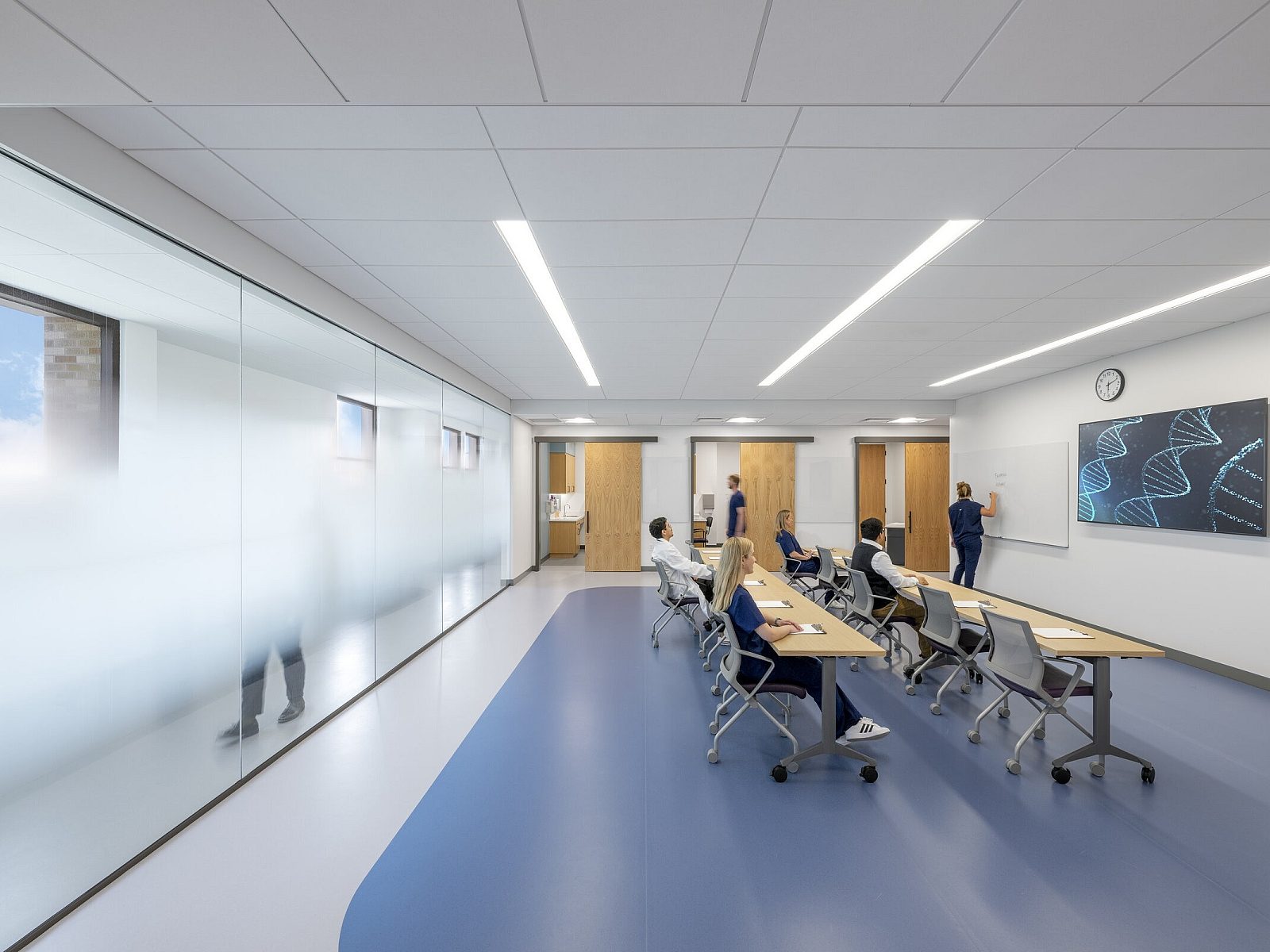Putting Bonus Depreciation To Work
In our last blog, we explained the ins and outs of bonus depreciation. But how can you use it when making those needed office furniture or interior construction investments? Let’s explore.

To understand the benefits of bonus depreciation, you might find it best to start with a cost segregation study, which analyzes the costs that are associated with your property or office space.
For example, a building has a long depreciation time—up to 39 years. Such investments don’t qualify for bonus depreciation. Therefore, IRS deductions for the cost of a building get spread evenly over that time period.
However, many of the building’s components have shorter lifespans than the building itself. An HVAC system might need to be replaced after 20 years. A roof’s lifespan is even shorter. And carpet? Shorter still. Because such items go into the overall cost of the building, they depreciate at the same rate. Unless you use cost segregation.
Cost segregation lets you itemize the components of the building, treating the depreciation of each separately. Those items with depreciation times not greater than twenty years– such as office furniture– qualify for bonus depreciation, as do the items you use to replace them.
Qualifying Your Assets By Placing Them In Service
One important point: it’s not enough to just purchase that gorgeous new office furniture in 2024. In order for it to qualify for bonus depreciation, you have to be using it, too– what the IRS calls “Placed In Service.” In simple terms, the purchase must be in place and available for use.
So, if you’re thinking about making office or interior improvements in the coming year, you owe it to your organization to consider the benefits of bonus depreciation. It could mean a 60% deduction on the cost of your purchase– if you buy in 2024!
To find out more, contact the team at GL Seaman today.
















